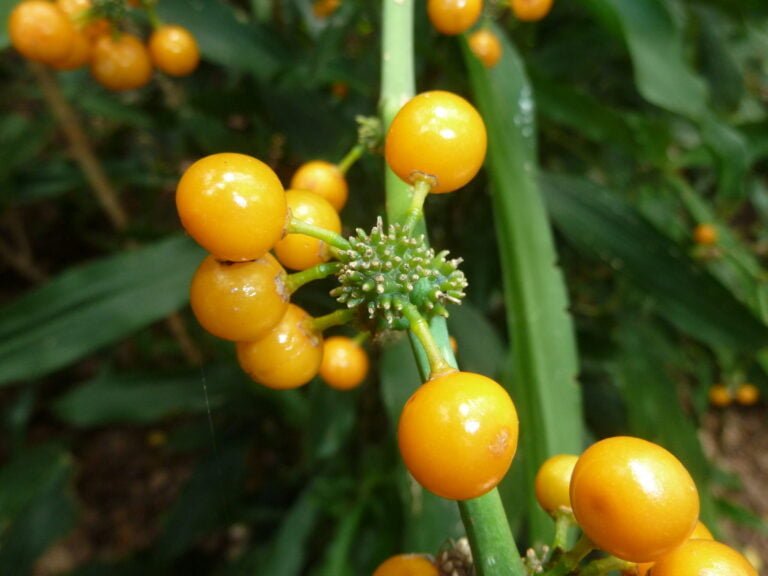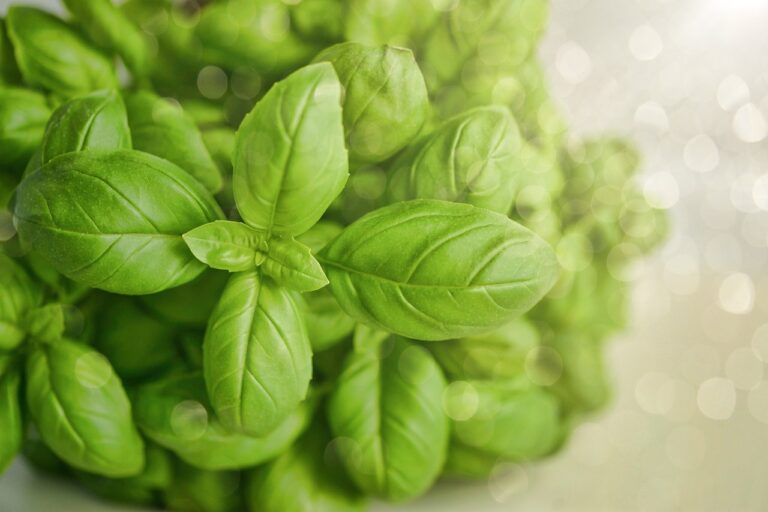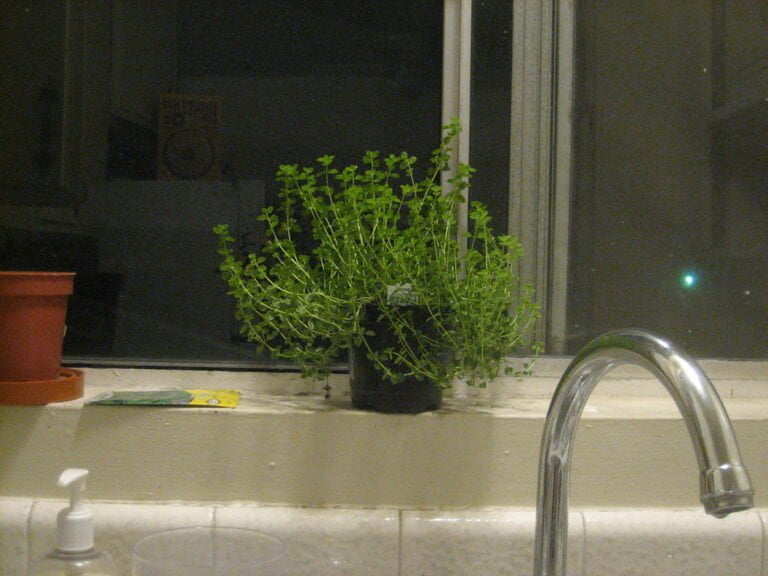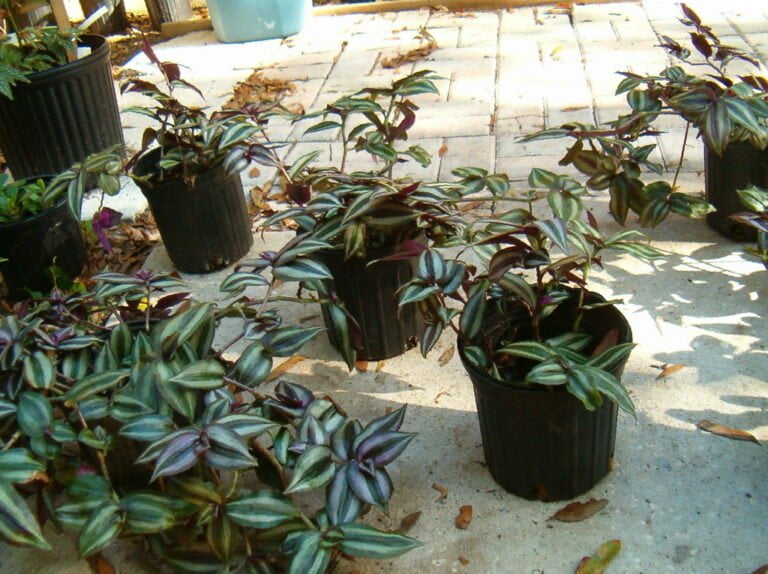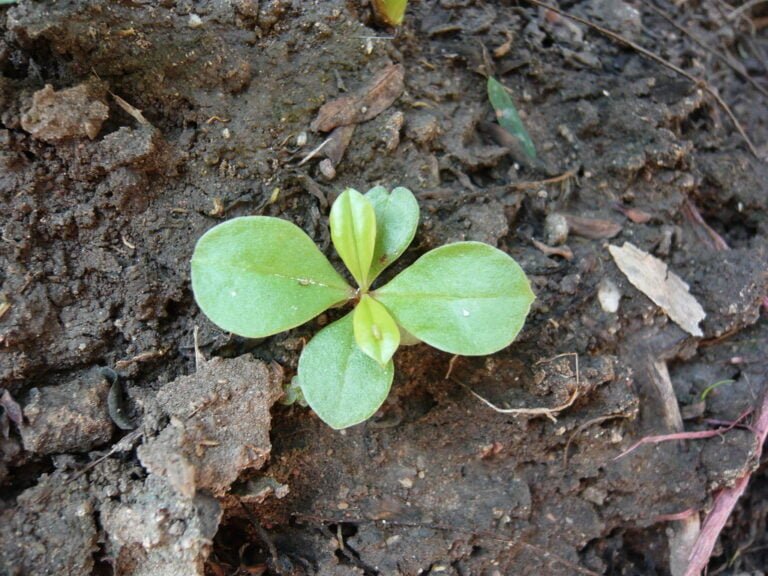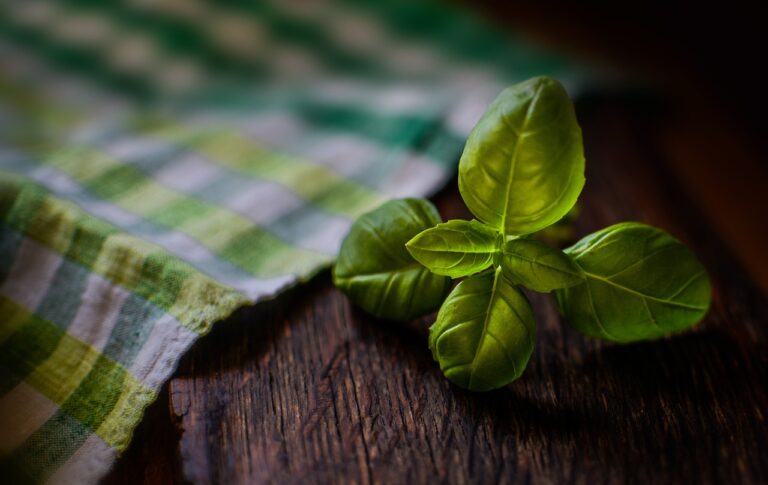Understanding the Causes and Solutions for Yellow Geranium Leaves
Yellow geranium leaves turning yellow can be caused by overwatering, lack of sunlight, nutrient issues, and pests. Overwatering may result in root rot and nutrient imbalances. Make sure your geranium receives at least 6 hours of direct sunlight. Deficiencies in nutrients such as nitrogen, iron, or magnesium can lead to yellowing. Watch out for pests and utilize integrated pest management techniques. Adjust your watering schedule, use a well-balanced fertilizer, and monitor for diseases like bacterial blight. Implement these strategies to promote the health of your geranium. Maintain healthy leaves by addressing these factors.
Common Causes of Yellowing Geranium Leaves
Overwatering, underwatering, excessive fertilizer application, and salt build-up in the soil can all lead to geranium leaves turning yellow. When a geranium is overwatered, you might observe wet roots, a lack of proper drainage, and even water accumulating in the saucers, which can manifest as yellow leaves. On the other hand, underwatering can result in wilting and yellowing of leaves due to insufficient moisture. It’s vital to monitor the soil moisture depth to make sure your geraniums receive adequate hydration.
Excessive fertilizer application is another culprit behind yellowing geranium leaves. Proper application frequency is essential, as too much fertilizer can harm the plant. Diluting the fertilizer to the recommended strength helps prevent damage. Additionally, avoiding salt build-up in the soil is crucial for the health of your geraniums.
To prevent these issues, it’s important to allow the soil to dry out between waterings, ensuring proper drainage in the pots. Regularly renewing the potting mix and tailoring care based on the specific type of geranium you have can also contribute to the overall health and vibrancy of your plants.
Effects of Overwatering on Geranium Leaves
Excessive moisture in the soil can have detrimental effects on geranium leaves, impacting their health and appearance. When geraniums are overwatered, several negative outcomes can occur:
- Root Rot: Overwatering creates waterlogged conditions that promote the growth of root rot-causing pathogens. This leads to the roots decaying, impairing their ability to absorb nutrients effectively.
- Nutrient Imbalances: Excess water in the soil can wash away essential nutrients or cause them to become unavailable to the plant. This imbalance can manifest as yellowing leaves due to deficiencies or toxicities.
- Lower Leaves Affected First: Yellowing leaves due to overwatering typically start at the bottom of the plant. As the issue progresses, the symptoms may spread upwards, affecting more foliage.
- Symptoms of Overwatering: Signs of overwatering include wilting despite moist soil, yellowing of leaves, and stems that feel mushy or soft to the touch.
To mitigate the effects of overwatering on geranium leaves, it is essential to promote proper drainage in the planting container or garden bed. Allowing the top layer of soil to dry out between waterings can help prevent yellowing leaves by fostering healthy oxygen exchange in the root zone.
Impact of Nutrient Deficiencies on Geranium Leaves
Nutrient deficiencies in geranium plants can lead to yellowing of the leaves, indicating a lack of essential elements important for healthy foliage growth. When leaves turn yellow, it may be a sign that the plant is lacking key nutrients such as nitrogen, iron, or magnesium. These nutrients are critical for the overall health and vigor of geraniums, supporting their growth and development.
To address these deficiencies, it is necessary to provide the plant with a balanced fertilizer containing the necessary nutrients. Nitrogen is important for leafy green growth, iron helps with chlorophyll production, and magnesium aids in photosynthesis and overall plant health. By ensuring the geranium receives these essential nutrients, you can help prevent yellowing of the leaves and promote lush, green foliage.
Conducting a soil test can pinpoint specific nutrient deficiencies affecting your geranium plant. This test will indicate which nutrients are lacking in the soil, allowing you to tailor your fertilization efforts accordingly. Through proper fertilization and nutrient management, you can improve the overall health of your geranium plant, ensuring vibrant green leaves and robust growth.
Identifying Pest Infestations in Geraniums
I’ll start by emphasizing the importance of being watchful for early warning signs of pests on geraniums. Recognizing common invaders such as aphids, spider mites, whiteflies, and caterpillars is essential for effective pest management. Taking proactive measures to combat these issues can help maintain the health and beauty of geranium plants.
Pest Warning Signs
Regularly inspecting geranium plants for signs of common pests is vital in maintaining their health and preventing potential infestations. Here are some warning signs to help identify pest infestations in geraniums:
- Look for yellowing leaves, distorted leaves, and stunted growth, as these are indications of a pest problem.
- Check for visible pests on the plant, such as spider mites, aphids, or whiteflies.
- Inspect the undersides of leaves and stems where pests tend to hide.
- Consider implementing integrated pest management strategies like introducing beneficial insects or using insecticidal soap to control pest populations.
Early detection is essential for effective pest management and ensuring the well-being of your geranium plants.
Common Geranium Invaders
When identifying pest infestations in geraniums, it is vital to recognize the common invaders like aphids, spider mites, whiteflies, and caterpillars. Aphids, small soft-bodied insects, cluster on new growth, sucking sap and causing leaves to yellow and curl. Spider mites, tiny pests, create fine webbing on plants, feeding on sap and causing stippling and yellowing of leaves. Whiteflies, moth-like insects, feed on plant juices, leaving behind sticky honeydew and causing yellowing and wilting of leaves. Caterpillars, such as the geranium budworm, feed on geranium flowers and leaves, causing damage and leading to yellowing foliage. Identifying these common pests is crucial to implementing effective solutions to prevent further damage to geraniums.
Combatting Pest Problems
To effectively combat pest problems in geraniums, one must keenly observe signs of infestations such as stippling, webbing, distorted growth, and visible insects on the plants. When dealing with pests in geraniums, it is essential to take immediate action. Here are some practical steps to address pest infestations effectively:
- Identify the specific pest causing the issue to choose the most appropriate treatment.
- Utilize natural remedies like neem oil, insecticidal soap, or horticultural oils to control pests without harming beneficial insects.
- Inspect the plant regularly, focusing on the undersides of leaves, stems, and flowers where pests often hide.
- Implement cultural practices such as removing plant debris, promoting good air circulation, and avoiding over-fertilization to prevent future infestations.
Sunlight Requirements for Healthy Geranium Leaves
Ensuring geranium plants receive a minimum of 6 hours of direct sunlight daily is essential for promoting healthy leaf growth and vibrant foliage. Sunlight plays a vital role in the production of chlorophyll, the green pigment responsible for capturing light energy for photosynthesis. When geraniums don’t get enough sunlight, chlorophyll production decreases, leading to yellowing leaves and overall poor plant health.
Different geranium varieties and climates can influence their sunlight requirements. In hotter regions, providing morning sun and afternoon shade can help prevent sunburn and dehydration while still ensuring they receive adequate light for optimal growth. It’s important to take into account these factors when deciding on the best location for your geraniums.
Adequate sunlight not only supports leaf growth but also contributes to vibrant foliage. Without enough light, geraniums may become leggy, with sparse foliage and weak stems. To maintain healthy and robust plants, it’s essential to prioritize their sunlight needs.
Preventing Yellow Leaves in Cold Weather
During cold weather, it’s important to adjust watering schedules to prevent yellow leaves on geraniums. Adequate light exposure is also vital to maintain healthy foliage during winter months. By following winter watering tips and ensuring proper light exposure, we can help prevent yellowing of geranium leaves in cold weather.
Winter Watering Tips
During the winter months, adjust your geraniums’ watering schedule to prevent yellow leaves caused by overwatering. Here are some winter watering tips to help you maintain healthy geraniums:
- Water Less Frequently: Reduce watering frequency to prevent overwatering in the colder months.
- Adapt Watering Schedule: Geraniums have reduced water needs in winter, so modify the watering routine accordingly.
- Use Well-Draining Soil: Guarantee the soil has good drainage to prevent waterlogging and yellowing of leaves.
- Monitor Soil Moisture: Keep a close eye on soil moisture levels, especially in low light conditions, to avoid water-related issues during winter.
Proper Light Exposure
To maintain healthy geraniums during cold weather and prevent yellow leaves, ensuring they receive a minimum of 6 hours of direct sunlight daily is essential. Proper light exposure is critical for chlorophyll production, which is important for photosynthesis and overall plant health. In colder temperatures, geraniums rely on adequate sunlight to thrive and avoid leaf discoloration. Morning sun followed by afternoon partial shade can be advantageous, especially in hot climates. Insufficient light exposure can lead to yellow leaves, impacting the plant’s ability to perform photosynthesis efficiently. By providing the right amount of direct sunlight, geraniums can maintain their vibrant green color and remain healthy even during the colder months.
Solutions for Yellow Geranium Leaves
To address yellowing leaves on geraniums, it is vital to implement specific solutions related to watering, sunlight exposure, nutrient management, and potential diseases.
- Adjust Watering: Prevent overwatering by allowing the soil to partially dry out between watering sessions. This helps avoid waterlogged roots and subsequent yellowing of the leaves.
- Ensure Adequate Sunlight: Place geraniums in locations where they can receive at least 6-8 hours of sunlight daily. Sufficient sunlight promotes chlorophyll production, aiding in maintaining vibrant green foliage.
- Nutrient Management: Use a balanced fertilizer with essential nutrients such as nitrogen, iron, and magnesium. These nutrients are critical for healthy leaf development and can help combat yellowing due to deficiencies.
- Monitor for Diseases: Regularly check for signs of bacterial blight or herbicide damage, as these issues can manifest as yellow leaves. If detected, follow specific treatment protocols to address the underlying problem effectively.

